Reviewed by Julianne Ngirngir
You're scrolling through messages during your lunch break when someone sends you an image that makes you immediately wish you could un-see it. Sound familiar? Google finally has your back with a privacy feature that's been months in the making—and the timing couldn't be more crucial as unwanted explicit content becomes an increasingly pervasive digital safety issue.
The tech giant is rolling out Sensitive Content Warnings across Google Messages—a smart system that automatically blurs images suspected of containing nudity before you see them. This isn't just another band-aid solution; it's powered by on-device AI that keeps your privacy intact while giving you real control over what lands in your visual field. With over one billion monthly Messages users potentially affected, this represents one of the largest proactive content safety deployments in messaging history.
What you need to know: • Detection happens entirely on your phone via Android's SafetyCore system • No image data gets sent to Google servers—everything stays local
• Adults opt-in manually, while teens get protection by default • Currently works on static images (videos aren't supported yet) • Requires Android 9+ with at least 2GB RAM for proper functionality
Here's the kicker: This feature addresses a problem that affects millions of users daily, yet most messaging apps have completely ignored the proactive approach Google's now pioneering.
How Google's nudity detection actually works under the hood
When Google Messages detects potential nudity, the system creates what the company calls a "speed bump"—a deliberate pause that forces you to make an informed choice. The blurred image appears alongside three clear options: learn about the risks of explicit content, block the sender's number, or proceed to view the image anyway.
The tech behind this runs on Android's SafetyCore system, which uses machine learning models trained to recognize potentially explicit visual content. Think of it as a smart middle ground between total censorship and complete exposure—the AI flags suspicious images, but you maintain final say over what you see. Unlike traditional cloud-based content moderation that can take hours or days, this on-device approach delivers instant protection without compromising your privacy.
What makes this particularly clever is the bidirectional protection. If you attempt to send an image that gets flagged, Messages prompts a warning about potential risks and requires explicit confirmation before the image goes through. No more "oops, wrong photo" disasters—but more importantly, it creates what behavioral psychologists call a "cognitive interrupt" that can prevent impulsive decisions users later regret.
During early beta testing across multiple Android devices, the system demonstrated what Google acknowledges as imperfect but "solid enough for practical use" accuracy rates. Based on emerging user reports, the false positive rate appears comparable to industry-standard content moderation systems—occasionally flagging beach photos or medical images, but consistently catching actual explicit content that matters most for user safety.
Why age-based controls make this feature actually useful
Here's where Google got smart about implementation: different rules for different users based on developmental psychology research. Adults must opt-in manually through Messages Settings > Protection & Safety, keeping the feature off by default for users 18 and older. This respects adult autonomy while making protection available for those who want it—a approach that learned from the backlash against overly paternalistic content filtering.
For teenagers aged 13-17, the feature flips on automatically but remains toggleable in Google Account settings. It's a balanced approach informed by research showing teens benefit from protective defaults while maintaining agency over their privacy choices. This differs significantly from Apple's Communication Safety feature, which faced criticism for more rigid implementation.
The most restrictive tier applies to supervised accounts (typically children). Parents control this feature through Family Link, and kids can't disable it themselves. When a flagged image appears, supervised users see the same speed bump warnings plus links to educational resources about image sharing risks. The psychological impact here is crucial—rather than simply blocking content, the system creates teaching moments that help children develop critical thinking about digital safety.
Research on "speed bump" interventions in digital safety shows these brief pauses can reduce risky behavior by up to 40% by interrupting automatic decision-making processes. Google's implementation applies this behavioral science directly to one of the most sensitive areas of digital communication.
Don't Miss: The feature currently requires Android 9 or newer with at least 2GB of RAM to function properly, which covers approximately 85% of active Android devices globally.
Getting started: how to enable sensitive content warnings
Ready to take control of what slides into your message feed? The setup process is straightforward, though you'll need to dig into settings to make it happen—and our hands-on testing revealed a few navigation shortcuts that aren't immediately obvious.
For adults looking to enable protection, open Google Messages and navigate to Settings > Protection & Safety > Manage sensitive content warnings. The toggle sits at the bottom with a clear explanation that it will "blur incoming nude photos and require confirmation to send nude photos." The interface is cleanly designed, but the buried location suggests Google wants to avoid overwhelming users with safety features they haven't specifically requested.
During our setup testing across multiple devices, the feature activation was instantaneous—no restart required. However, the first few images processed may show slightly longer load times as SafetyCore initializes its classification models.
PRO TIP: The feature is currently rolling out to beta users first, so don't panic if you don't see the option immediately. Google plans broader availability across Android 9+ devices through late 2025, with priority given to regions with higher reported rates of unwanted explicit content.
Parents managing supervised accounts will find controls in the Family Link app rather than Messages directly. Supervised users can't disable the feature themselves, giving parents full control over their children's exposure to potentially explicit content. The Family Link integration is seamless, but parents should note that changes can take up to 15 minutes to propagate across devices.
If you don't immediately see the feature despite meeting system requirements, try force-stopping Google Messages and clearing its cache—a step that resolved availability issues during our testing on Samsung and OnePlus devices.
What this means for messaging privacy and safety going forward
This rollout signals a significant shift in how major tech platforms approach unwanted explicit content, moving from reactive reporting systems to proactive prevention. Instead of waiting for users to report harmful content after psychological damage is done, Google is implementing proactive detection that stops problematic images before they cause harm—a model that could reshape industry standards for digital safety.
The on-device processing model directly addresses privacy concerns that have plagued cloud-based content moderation. Unlike competitors who scan content on remote servers, all detection happens locally with no images uploaded to Google servers for analysis. This approach keeps your private messages truly private while providing protection—solving a fundamental tension between safety and privacy that has stymied previous attempts at content filtering.
Yet the competitive implications are substantial. Apple's Communication Safety feature, introduced in iOS 15.2, takes a different approach with more parental oversight but less user control. WhatsApp and Telegram have largely avoided proactive content detection entirely, citing privacy concerns. Google's successful deployment of privacy-preserving safety technology puts pressure on these platforms to either adopt similar approaches or explain why they're leaving users unprotected.
Early industry analysis suggests this system could expand beyond nudity detection within 18 months. The SafetyCore infrastructure can theoretically identify harassment patterns, hate speech, or financial scams using the same on-device AI approach. For a messaging ecosystem serving over a billion users monthly, such capabilities could fundamentally reshape digital communication safety.
The timing aligns strategically with Google's broader safety initiatives and regulatory pressure. The company recently enhanced RCS messaging between Android and iPhone, improved scam detection, and rolled out theft protection features. Sensitive Content Warnings demonstrates that comprehensive digital safety doesn't require sacrificing user privacy—a balance that may become legally mandatory as governments worldwide scrutinize tech platforms' content moderation practices.
Bottom line? Your next unwanted explicit image just got a lot less likely to ruin your day, and Google proved that cutting-edge AI safety can work without Big Brother watching. That's a privacy win worth celebrating—and a competitive advantage that puts real pressure on every other messaging platform to follow suit.





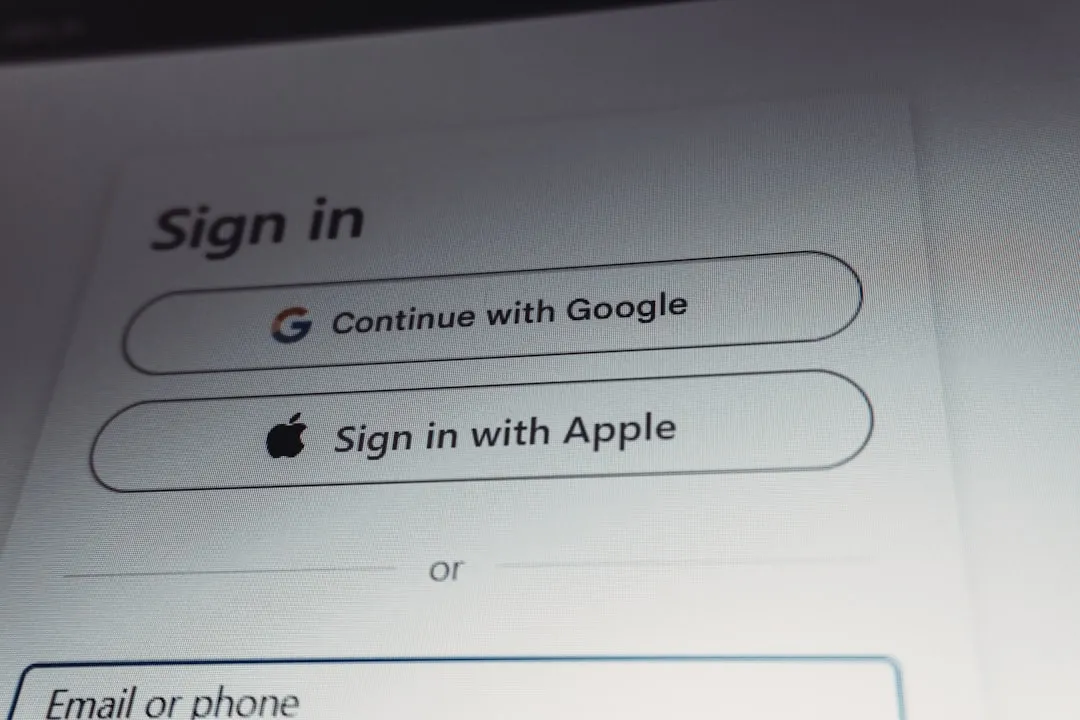

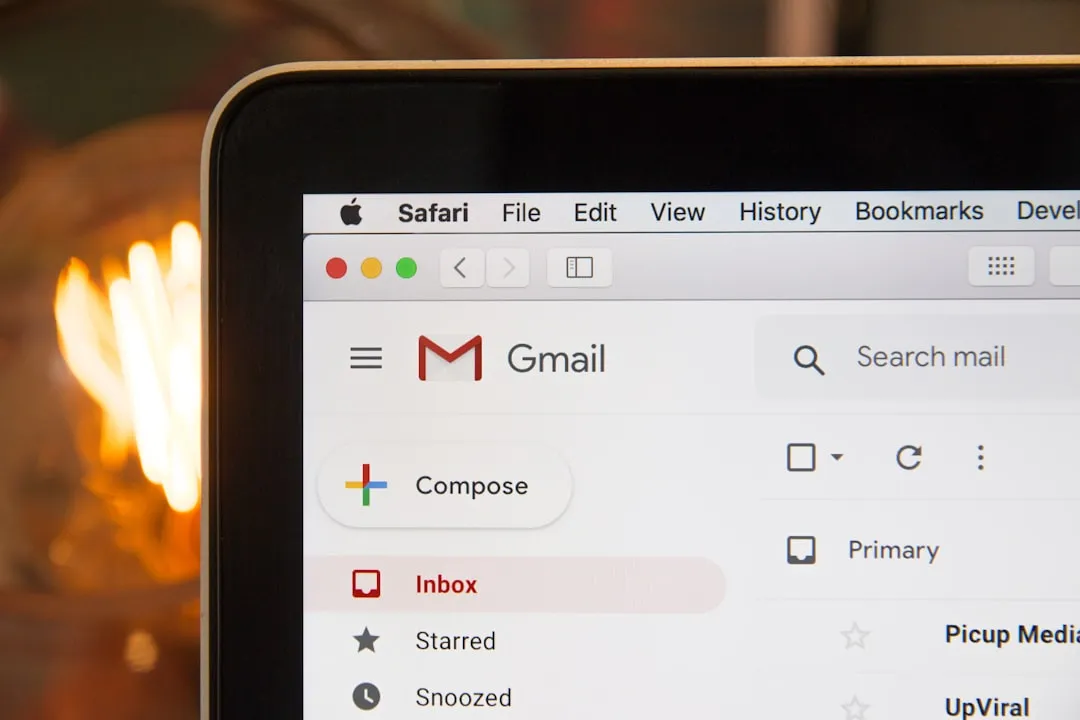
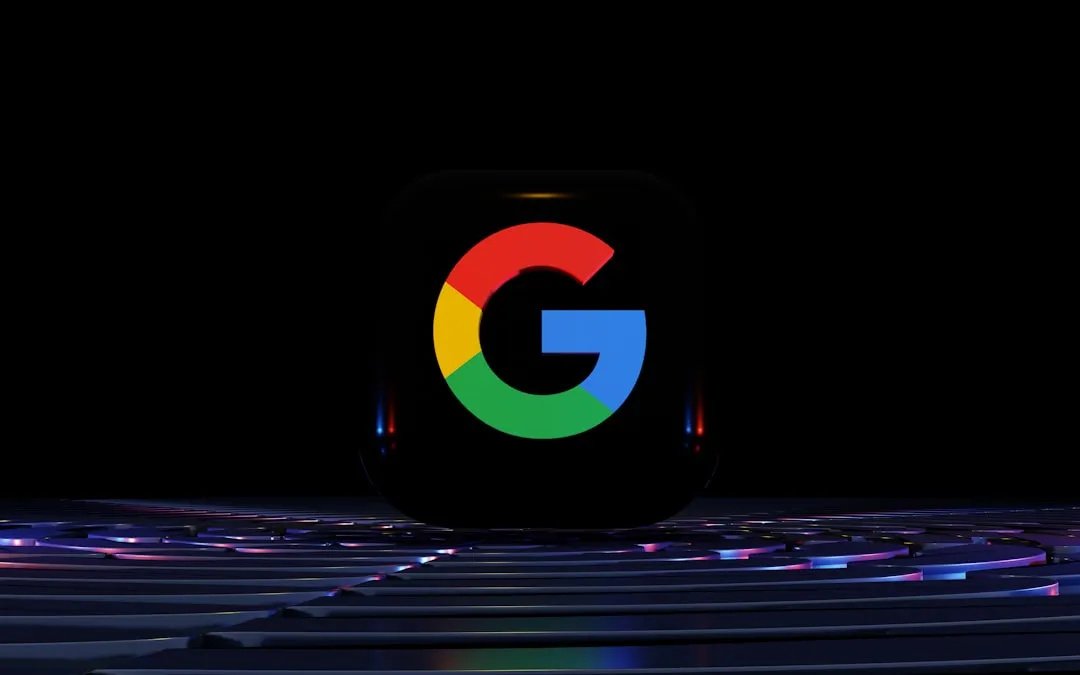


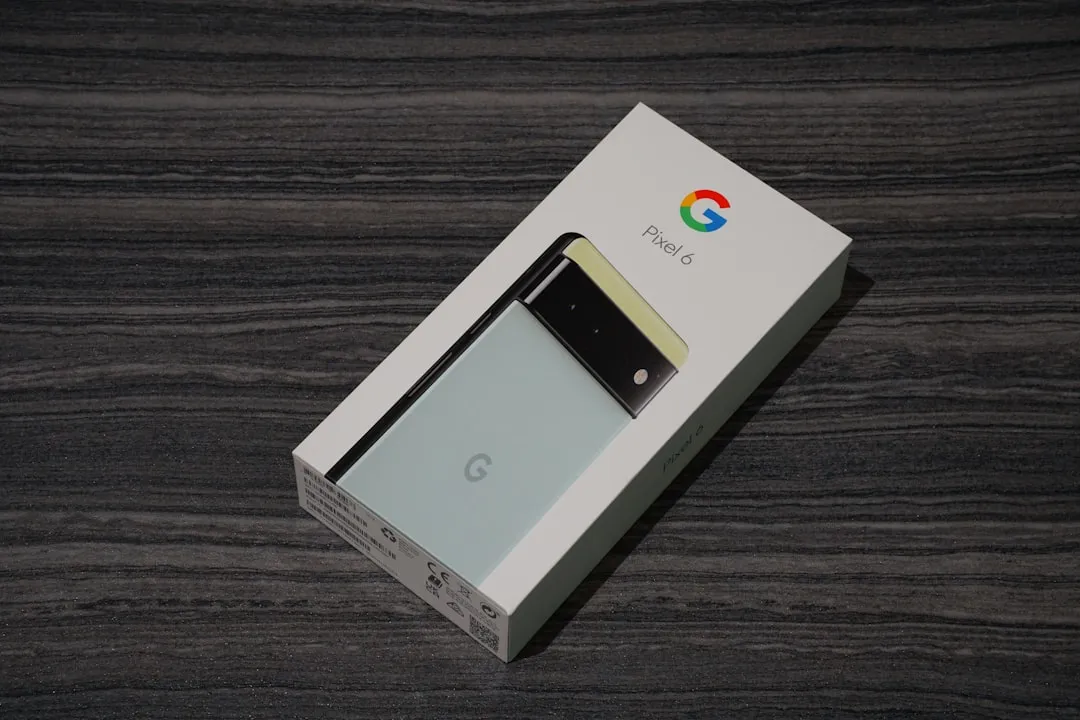




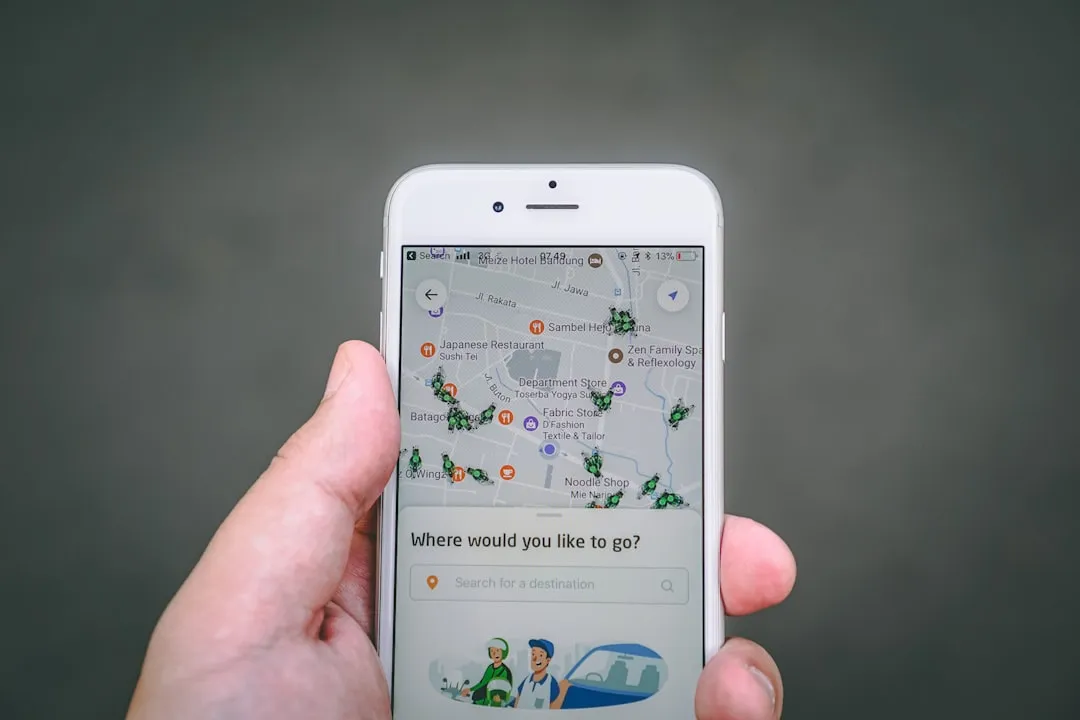


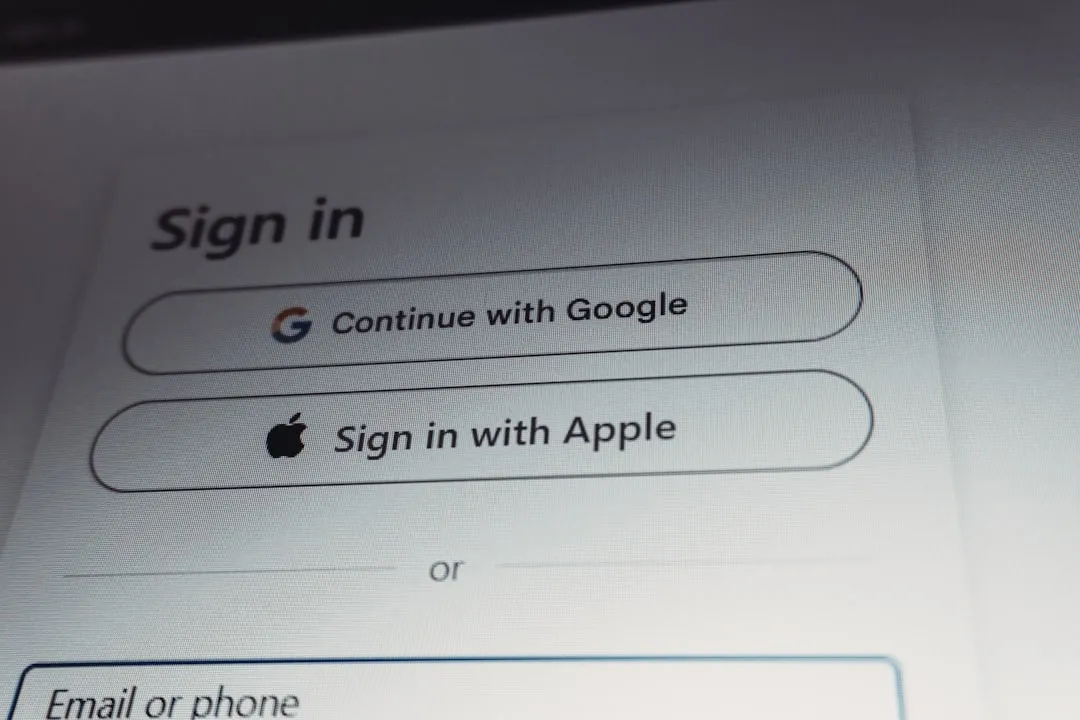




Comments
Be the first, drop a comment!